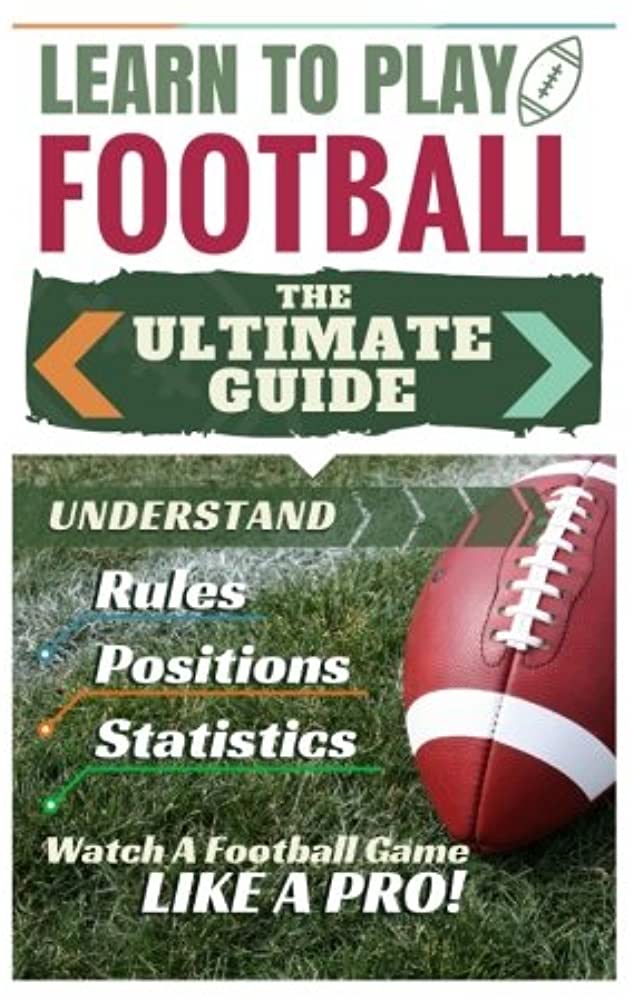The Ultimate Guide to Rugby provides a comprehensive overview of the popular contact sport. The game involves two teams of 15 players each, with the objective of scoring more points than the opposing team. Points can be scored through a try, conversion, penalty goal, or drop goal. Rugby has strict rules around fouls, and plays include maul, scrum, lineout, and ruck. Each rugby player has a specific role to play, with positions including prop, hooker, lock, flankers, number 8, scrum-half, fly-half, centre, wingers, and fullback. Understanding the rules, plays, and positions can help appreciate the game.
The Ultimate Guide to Rugby:
Introduction:
Rugby is a popular contact sport played with an oval-shaped ball between two teams of 15 players each. The game is loved for its physicality and requires a combination of strength, speed, and stamina. In this comprehensive guide, we will take you through the basic rules, plays, and positions in rugby.
Rules of Rugby:
Rugby has some key rules that you need to understand before you can enjoy the game fully. These include:
Scoring:
The objective of the game is to score more points than the opposing team. Points can be scored in four ways – a try, conversion, penalty goal, or drop goal.
– Try: A try is scored when the ball is grounded in an opponent’s in-goal area. This is worth five points.
– Conversion: After a try is scored, a conversion can be attempted from a spot perpendicular to where the ball was grounded. The kick must be taken within 40 seconds, and if successful, is worth two points.
– Penalty Goal: A penalty goal is awarded to a team that is fouled by the opposing team within the 22-meter line. The kick must be taken within one minute, and if successful, is worth three points.
– Drop Goal: A drop goal is scored by a player dropping the ball to the ground and then kicking it through the posts. This is worth three points.
Play:
A rugby game is divided into two 40-minute halves, with a 10-minute halftime break. The game starts with a kickoff, and the teams have 15 players each on the field. Players can pass the ball backward and kick the ball forward in open play.
Fouls:
Rugby has strict rules around fouls that include:
– Obstruction of an opposing player
– Dangerous tackles
– Foul play
– Offside
Plays in Rugby:
There are many different plays in rugby, some of which are:
Maul:
A maul occurs when a player carrying the ball comes up against an opposing player, and one or more players from each team bind together and try to drive them forward. The ball must be presented at the back of the maul to be played.
Scrum:
A scrum is a set-piece where the forwards of each team bind together and push against each other in an attempt to gain possession of the ball. The ball is put into the scrum by the team that was not awarded the penalty or free-kick.
Lineout:
A lineout occurs when the ball goes out of bounds. The team that didn’t touch the ball last is awarded a throw-in to bring the ball back into play. Players lift their teammates to catch the ball.
Ruck:
A ruck is formed when one or more players from each team come together over the ball on the ground. Players must try to have possession of the ball to keep play alive.
Positions in Rugby:
The rugby team has 15 players, and each player has a specific role to play. The main positions in rugby are:
Forward Positions:
– Prop: Responsible for holding up the scrum and driving the opposition backward.
– Hooker: Thrown the ball in during a lineout and responsible for winning possession.
– Lock: The tallest players in the team who contest the lineout and add power and weight to the scrum.
– Flankers: The players who play on either side of the scrum, and their role is to tackle opponents and contest possession.
– Number 8: Positioned at the back of the scrum, the No. 8 has the task of picking up the ball when it is released from the scrum and running forward.
Back Positions:
– Scrum-half: The player who distributes the ball to the backs from the scrum.
– Fly-half: The player who controls the game and directs the team while also being responsible for kicking the ball.
– Centre: These players are usually the most attacking in the team and aim to break through the opposition’s defense.
– Wingers: Positioned on the edges of the pitch, they are the fastest players in the team and often score the most tries.
– Fullback: The last line of defense and responsible for catching kicks and counter-attacking.
Conclusion:
Rugby is a game that requires physical strength, speed, and tactical skill. Knowing the rules of rugby, including plays and positions, can help you understand the game better and appreciate the efforts put in by the teams. With this ultimate guide, you can comfortably watch and enjoy a rugby game.
